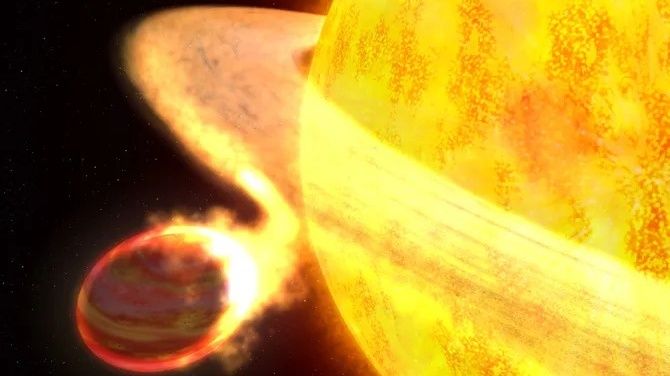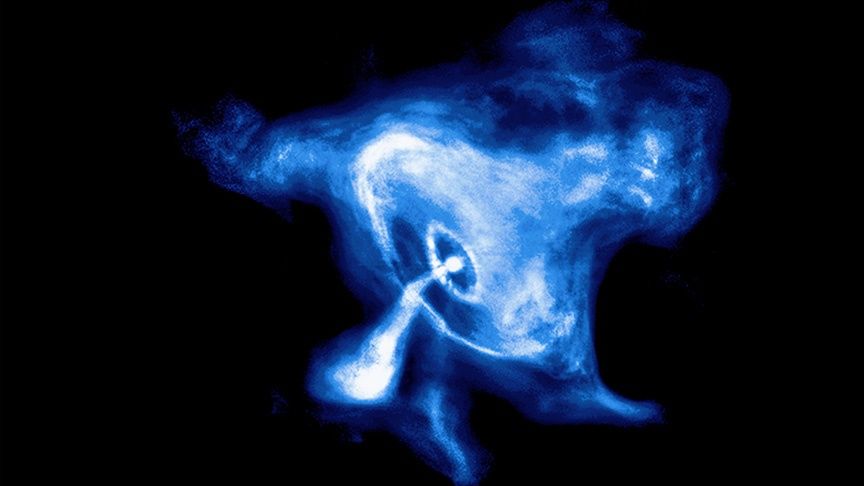New Study Reveals 1 in 12 Stars May Have Ingested Planets
A recent scientific investigation has uncovered an intriguing phenomenon where approximately one in twelve stars might have consumed a planet based on a new study. Previous research identified certain distant stars showcasing abnormal levels of elements like iron, commonly found in rocky worlds such as Earth. These findings indicated that stars could potentially ingest planets, although many uncertainties surrounded how frequently this event occurs.
Exploring Planetary Ingestion through Stellar Twins
An effective method of shedding light on planetary ingestion involves examining twin stars originating from the same parent cloud at the same time. These stellar pairs should possess nearly identical compositions due to their shared birth environment. Notable chemical disparities between these “co-natal” stars could indicate that one star might have devoured a planet.
The researchers utilized data from the European Space Agency’s Gaia satellite to identify 91 pairs of stars situated in close proximity to each other, less than a million astronomical units apart, suggesting they are likely co-natal. By analyzing the unique light spectrums emitted by heated molecules with specialized telescopes such as the European Southern Observatory’s Very Large Telescope, the Magellan Telescope, and the Keck Telescope, the scientists were able to determine the elemental compositions of these stars.
Surprising Revelations and Implications
Of the pairs analyzed, approximately 8 percent exhibited signs that one star had engulfed a planet, resulting in distinct differences in chemical makeup compared to its twin, highlighting the surprising frequency of this occurrence. This finding challenges the assumption that stable planetary systems akin to our solar system are commonplace.
As our sun is projected to transition into a red giant star in about 6 billion years, potentially engulfing nearby planets, the study’s focus on stars in the prime of their lives indicates that planetary ingestion is a phenomenon occurring within the normal lifespan of a star system. The possibility of random planet ejections underscores the potential instability of numerous planetary systems.
While uncertainties persist regarding whether stars are consuming entire planets or remnants from planetary formation processes, the study’s implications offer a broader perspective on the dynamics of celestial bodies within the universe. The complete findings of this research were published online in the journal Nature on March 20.
Image/Photo credit: source url





